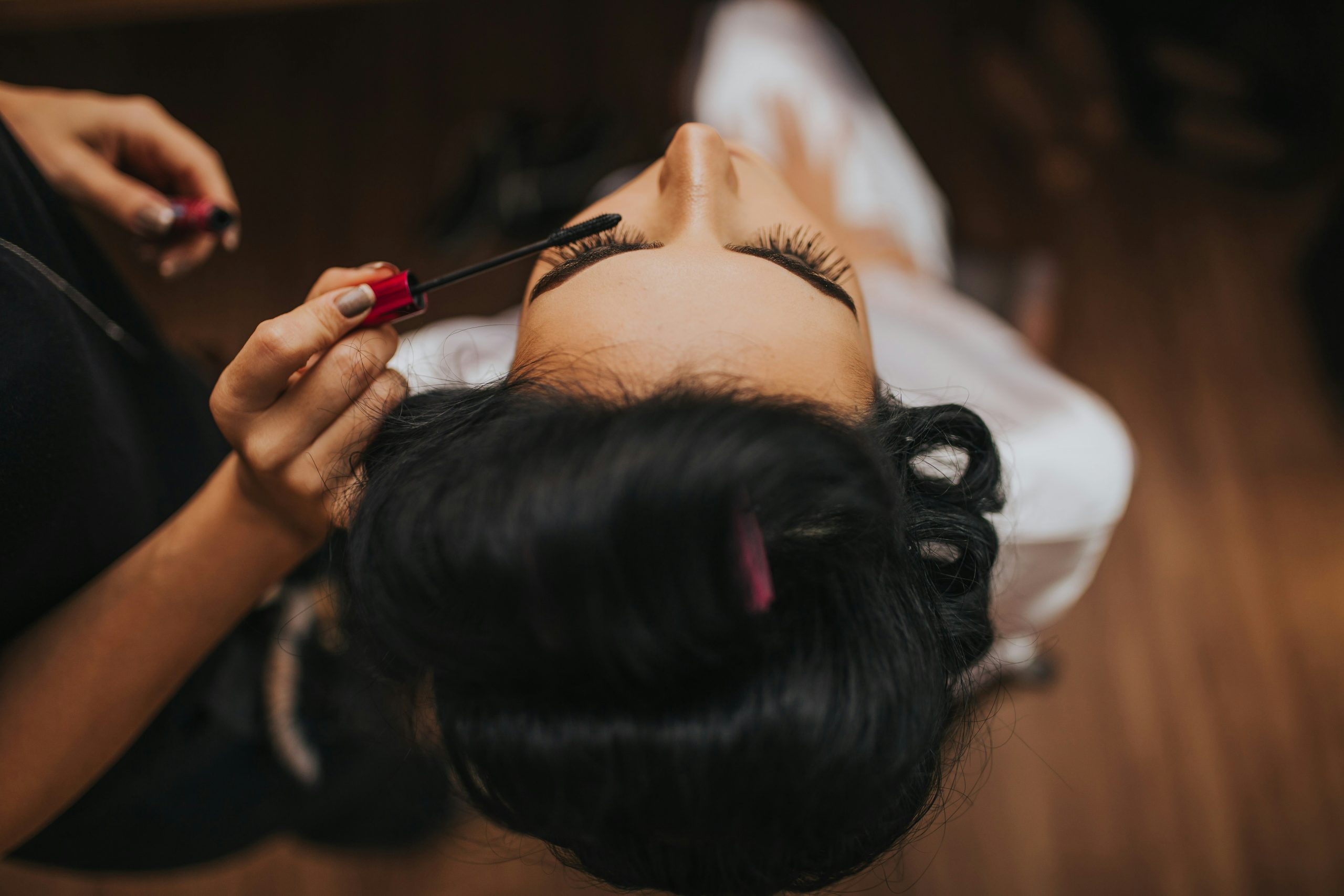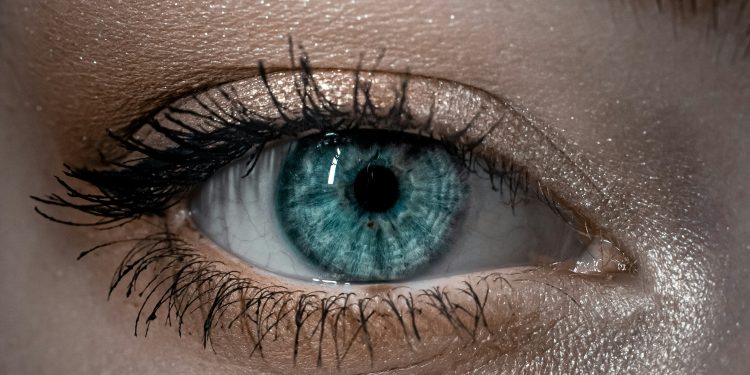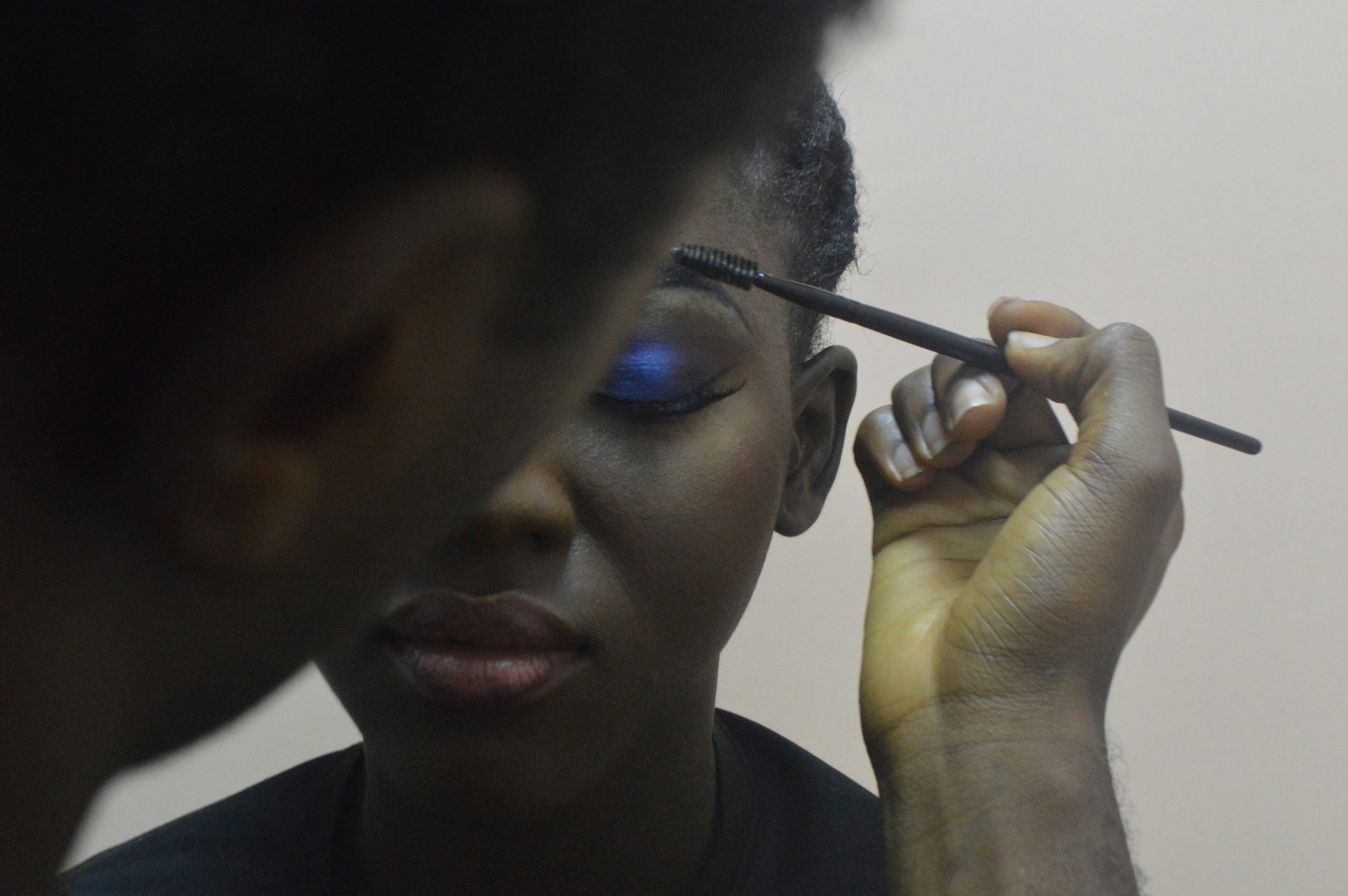As a beauty enthusiast who’s tested every lash serum, oil, and even tried some of the notorious rumours, I’ve learned that growing one’s lashes is simply about working with your body’s natural growth cycle. And I’m about to show you how:
But first, let’s look at the biology of eyelashes.

The Science Behind Your Lashes
The human eyelashes grow in three phases:
- Anagen (Growth Phase): This is when your lashes are actively growing, lasting about 30–45 days. Only about 40% of your upper lashes are in this phase at any given time.
- Catagen (Transition Phase): A brief 2–3 week period where growth stops, and the hair follicle shrinks.
- Telogen (Resting Phase): Lashes sit dormant before eventually falling out to make room for new growth.
Most people lose 1–5 lashes per day and this is totally normal as the goal isn’t to stop shedding. That’s virtually impossible, but rather, to extend the growth phase and minimize breakage.
What Actually Works for Lash Growth
- Consumer-Certified Approved Lash Serums
The only clinically proven treatment for lash growth is bimatoprost (Latisse), a prescription serum originally developed for glaucoma patients. Studies show it can increase lash length by 25%, thickness by 106%, and darkness by 18% after 16 weeks.
But it has its disadvantages, some of which are:
- Potential side effects include darkened eyelids and, rarely, permanent iris darkening (especially for individuals with hazel or green eyes).
- It’s very expensive to pay monthly without having insurance.
Keep in mind though, to always apply serums with a clean eyeliner brush instead of the applicator to avoid waste and irritation.

- Lash-Friendly Habits
The best and most expensive serums won’t work if you keep sabotaging your lashes daily, intentionally or not. Here’s how to protect them:
- Stop rubbing your eyes. This is the number 1 cause of premature fallout.
- Use a micellar water or oil cleanser to remove makeup gently. Never tug at your lashes.
- Avoid using waterproof mascara unless absolutely necessary because it’s harder to remove and can cause breakage.
- Brush your lashes nightly with a clean spoolie to distribute natural oils and prevent tangling.
- Nutrition
While no food will make your lashes grow overnight, deficiencies can effectively stunt them. To avoid this dilemma, focus your consuming:
- Biotin (B7): Eggs, almonds, sweet potatoes
- Omega-3s: Salmon, chia seeds, walnuts (they strengthen hair follicles)
- Iron: Spinach, lentils, red meat (low iron means more shedding)
- Vitamin E: Avocados, sunflower seeds (protects against oxidative damage)
Debunking Some of the Biggest Lash Growth Myths
- Castor Oil Makes Lashes Grow
Castor oil is simply an emollient which means it conditions lashes and reduces breakage, but it doesn’t stimulate growth. A 2022 study found zero evidence that it extends the anagen phase.
- Vaseline or Coconut Oil Thickens Lashes
These only just make lashes look glossier temporarily. They can also clog hair follicles if overused.
- “Lash-Boosting” Mascaras Work
These contain fibers or conditioning agents that plump lashes visually but don’t alter growth.
- Trimming Lashes Makes Them Grow Longer
This is a myth leftover from hair care. Lashes don’t grow from the tips and getting them trimmed will only make them shorter.


















